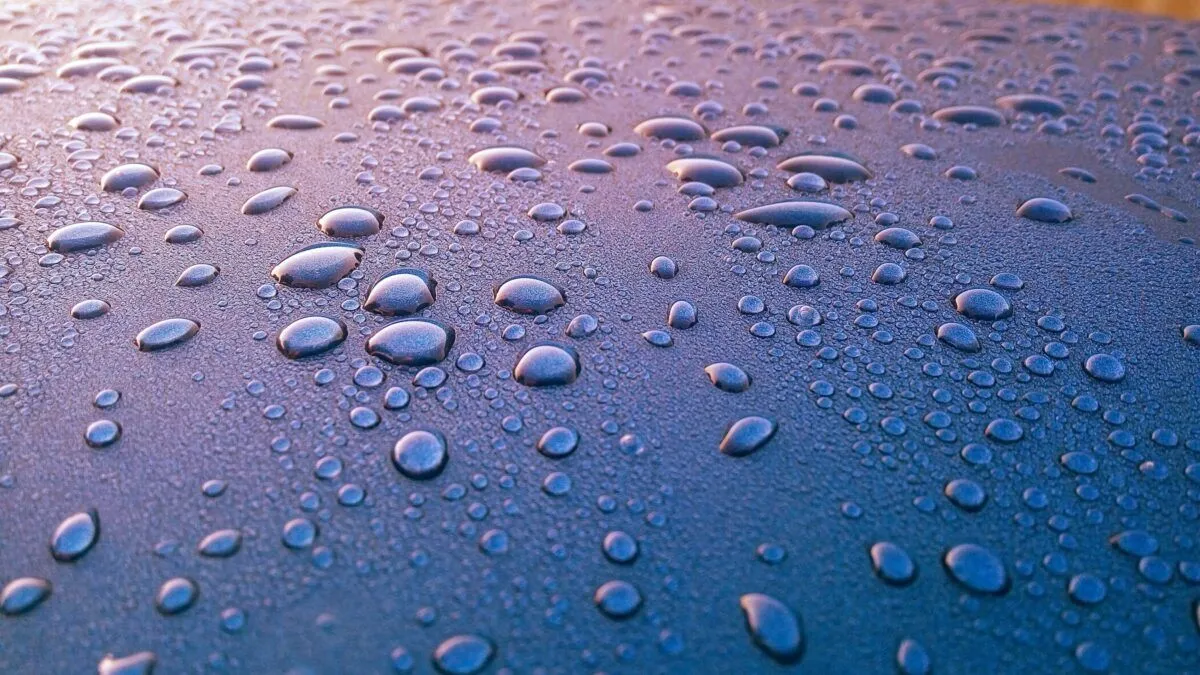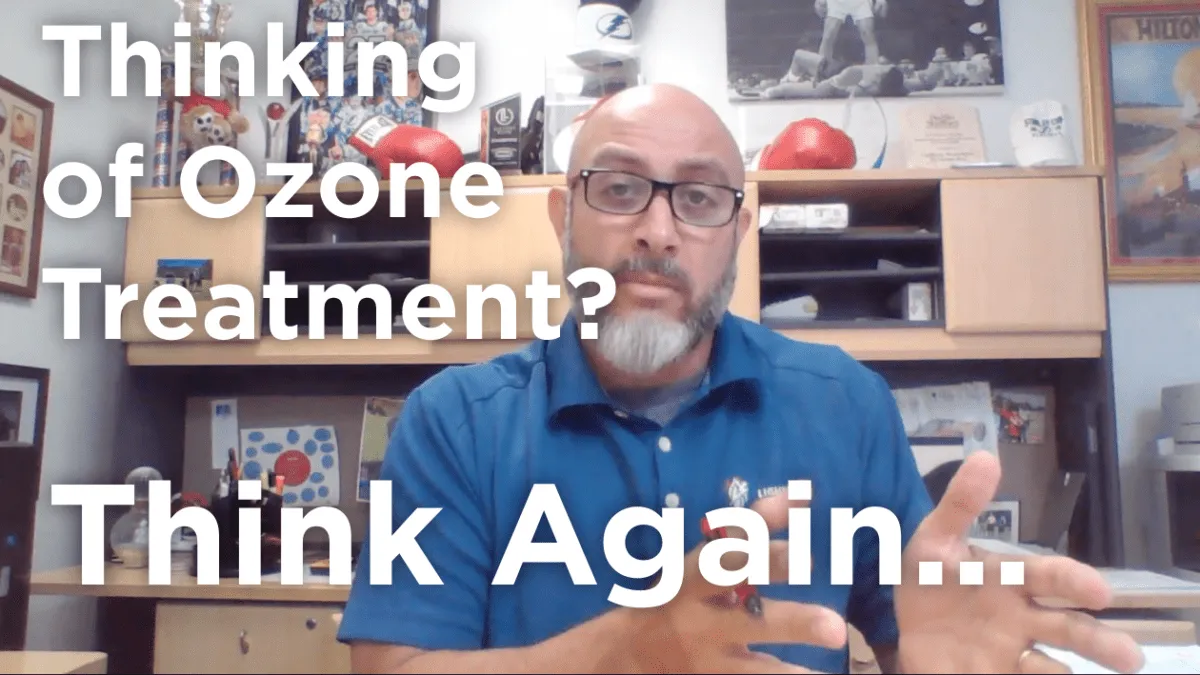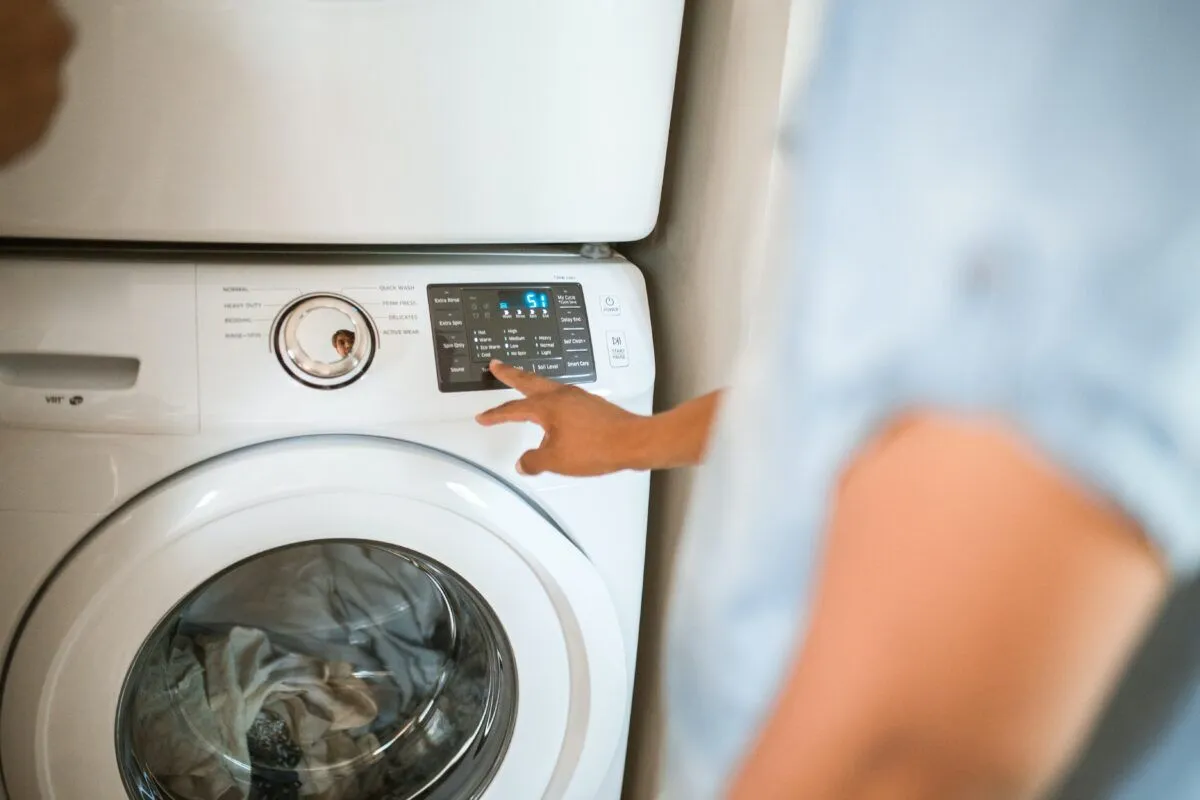The Dos and Don’ts of Home Water Damage Remediation

The goal is to prevent water damage, but accidents occur every day, even when we are being the most careful. When water damage occurs, it is important to react quickly to stop the damage from getting worse. Here are some helpful tips when dealing with home water remediation. Remember that safety comes first. In addition, if any of these tips put you or your loved ones in harms way, wait for the professionals to arrive.



